Humans aren’t the only ones to enjoy the sweet and delicate tartness of a cape gooseberry. There are plenty of little critters out there who also have a taste for this delicious fruit. And whose appetites can lead to cape gooseberry fruit loss, damaged leaves, nibbled stems, and generally sorry-looking plants.
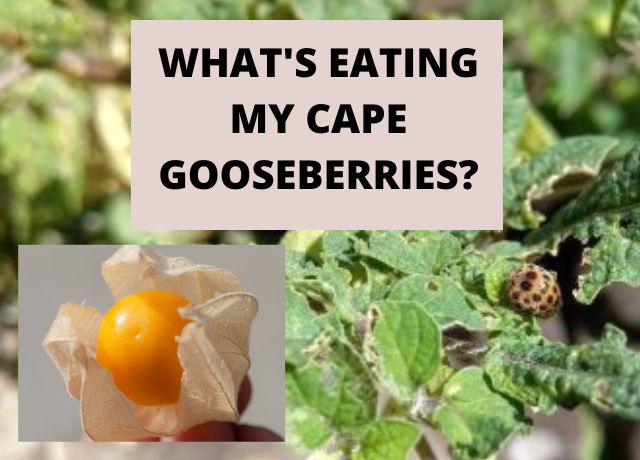
The most common insects and pests you’re likely to find eating your cape gooseberries are aphids, cutworms, sawfly, cucumber beetles, red spider mites, whitefly, birds and 28 spotted ladybirds.
Encouraging natural predators, making sure your garden is bio-diverse and well maintained, and removing bugs by hand are just some of the healthy, organic ways you can manage these pests.
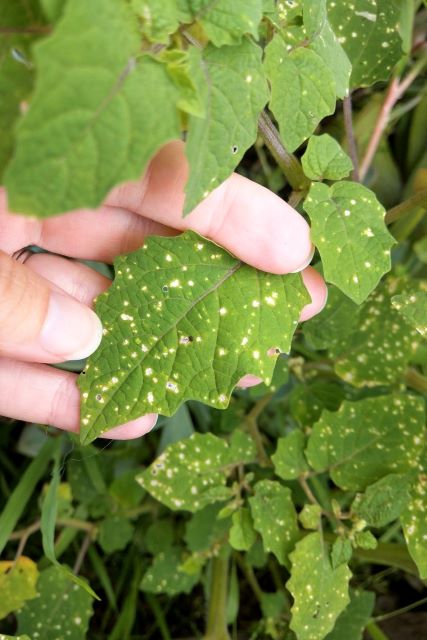
Let’s take a look at these common visitors to the garden who are likely to dine on your hard-earned cape gooseberry crop. We’ll also cover natural and organic ways of trying to keep these unwelcome guests at bay, so that you can enjoy the harvest yourself!
Table of Contents
- Aphids Are Eating Your Cape Gooseberries
- Cutworms Are Eating Your Cape Gooseberries
- Sawfly Larvae Are Eating Your Cape Gooseberries
- Cucumber Beetles Are Eating Your Cape Gooseberries
- Red Spider Mite Are Eating Your Cape Gooseberries
- Birds Are Eating Your Cape Gooseberries
- Whitefly Are Eating Your Cape Gooseberries
- 28 Spotted Potato Ladybirds Are Eating Your Cape Gooseberries
- Recommended Products in This Article
Aphids Are Eating Your Cape Gooseberries
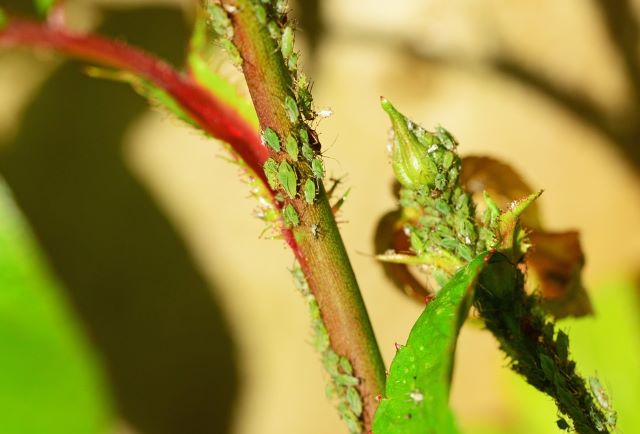
These common, sap-sucking bugs will feed on most things green and cape gooseberry plants are no exception.
Aphids themselves are a valuable member of the garden food chain. But if allowed to dine rampantly they can overwhelm cape gooseberry plants, causing leaves to curl and wither, eventually resulting in stunted plant growth.
They also secrete a sticky substance nicknamed ‘honeydew’ upon which certain types of mold can develop.
To try to keep aphids off your cape gooseberry plants, hose them off gently with water. Or prune affected sections of the plant by hand, making sure to discard the affected leaves far from any other plants you want to remain healthy.
You can also encourage other helpful insects to join the party in order to keep aphid populations in check. Ladybirds are nature’s most famous aphid predator. But lacewings and hoverflies will also do the trick.
Certain organic oils and products can also be used to try to boost plant vigor and deter aphids from settling. Neem oil can be diluted and sprayed over plants and leaves.
Cutworms Are Eating Your Cape Gooseberries
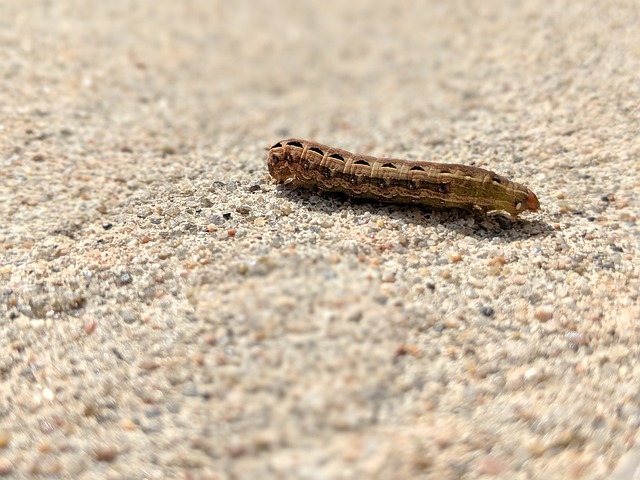
The grimly named cutworm is in fact a caterpillar moth that usually revolves around the base of plants, chewing through stems and lower buds or leaves.
Because they often target the very lowest section of the stem a hungry infestation can lead to cape gooseberry plants literally being severed from their roots.
They are often most active at night. So if you want to pick them off by hand it’s best to do so with the aid of a flashlight.
Other animals will also help you out. Spiders, birds, small mammals, frogs, and certain types of parasitic wasp all eat cutworms. So the more biodiverse your garden the better.
During the day, the caterpillars tend to remain in the topsoil.
If you happen to unearth one during your gardening, lay it out somewhere away from your plants in plain view of birds and other predators.
Some gardeners also scatter diatomaceous earth, around the base of cape gooseberry plants in order to deter or kill inquisitive cutworms. Diatomaceous earth is a naturally occurring sedimentary rock that can be crumbled into a soft white powder.
Finally, the moths that lay cutworm caterpillars are more likely to be attracted to overgrown, uncultivated ground. So try to make sure that the area around your cape gooseberry planting beds is kept clean and well maintained.
Sawfly Larvae Are Eating Your Cape Gooseberries
Another vividly named little critter, the sawfly gets its title from the saw-like organ used by the females to lay their eggs.
The larvae, dark green, thin and slug-like, will gradually eat through your cape gooseberry leaves if left to their own devices. Although some defoliation is unlikely to prove catastrophic to the cape gooseberry crop.
If you want to minimize the damage as much as possible, make sure you’re checking your plants from early spring, and removing any offending sawfly bugs by hand.
Ground beetles and birds will also pick them off. Or you can try to use organic pesticides such as diatomaceous earth.
Cucumber Beetles Are Eating Your Cape Gooseberries
The cucumber beetle is a voracious little bug that will happily dine on all sorts of vegetable and fruit leaves, including cape gooseberries. The females will lay larvae at the base of a cape gooseberry plant too, resulting in damage to the stem and roots
Horticultural neem oil is also a good bet for staving off cucumber beetles.
You can also try planting spring onions in or around your cape gooseberry plant bed to act as a natural deterrent to cucumber beetles.
Alternatively, you can try to use the cucumber beetle’s greedy appetite to your advantage. Plant a trap bed of squash at the edge of your garden to draw hungry bugs away from your less hardy crops!
Red Spider Mite Are Eating Your Cape Gooseberries
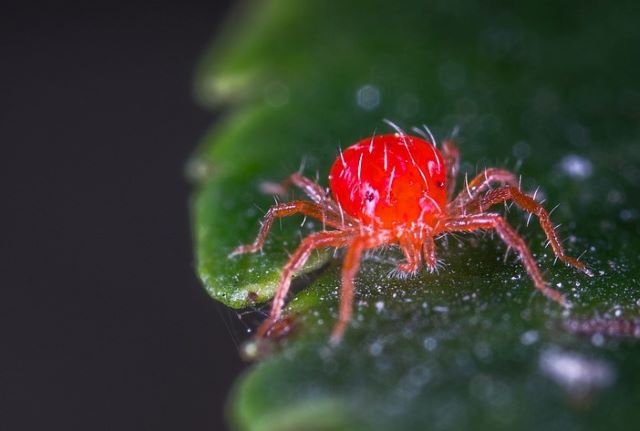
These miniscule, arachnid-like critters like it best when it’s hot and dry. In warmer and dryer spells, try to make sure your cape gooseberries are well watered and that the leaves remain relatively moist.
It can be difficult to spot the mites, as they really are tiny. But sometimes the faint webbing they spin (hence their spider name!) will give them away.
Try wiping them off by hand or with a damp cloth.
You can also spray ‘soft’ water – water that is free of calcium – on the plant for a few days in a row. This should usually be enough to shift a burgeoning infestation of red spider mites.
There are also a wealth of crops you can plant to try to deter spider mites as well. Many of which will grow happily in the same sort of dry, hot climates favored by the bugs. These include garlic, rosemary, cinnamon, lemongrass, thyme, and caraway.
Birds Are Eating Your Cape Gooseberries
As if guarding your plants from ground assaults wasn’t enough. Some of the most devastating attacks on your cape gooseberry fruit will be coming from the sky!
Once the fruits appear, it only needs a few discerning sparrows to make swift work of whatever delicious harvest you’d hoped to have for yourself.
There are a number of ways to deter birds from the garden in general. But since they contribute to a healthy, balanced ecosystem, as well as eating a lot of things we don’t want crawling around, it’s best not to scare them off entirely.
The best, most targeted method is still some straightforward netting or light wire mesh. Make sure you don’t leave space for them to come under the bottom. Otherwise, you risk having birds trapped between the netting and your bed, resulting in ruined plants and ruined birds!
Another option to consider is some reflective tape like this one. It’s designed to scare away birds and safe to use in your garden.
Whitefly Are Eating Your Cape Gooseberries
Whiteflies often prefers young plants. So keep an eye on your cape gooseberries when they’re first growing to better catch them.
These bugs are characterized by their small, triangular white shapes. And the fact that they will often swarm and fly about when knocked. They produce an excretion that can have similar unwanted effects to the ‘honeydew’ left by aphids.
You can wash whitefly off by hand using water or organic plant soap. I’ve even seen someone recommend a hand-held vacuum cleaner, but go gentle on those delicate leaves!
Sticky insect traps can also work to distract and catch whitefly.
Alternatively, trying to encourage parasitic wasps to have a home in the vicinity can also help reduce the whitefly population. The wasps will use the larvae to feed their own young.
28 Spotted Potato Ladybirds Are Eating Your Cape Gooseberries
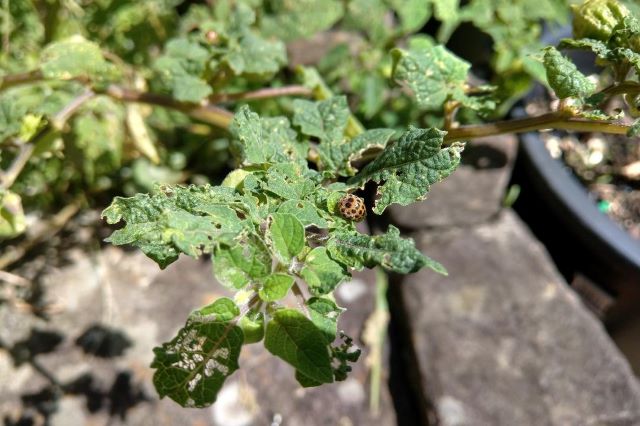
The Hadda Beetle, or more commonly known as the 28 Spotted Potato Ladybird, mostly affects those in the Southern Hemisphere.
These beetles are confusing for us gardeners because they look similar to the sweet beneficial ladybirds, who help us out in the garden by dining on aphids.
But their looks are deceiving because 28 Spotted Ladybirds prefer to munch through the leaves of plants like cape gooseberries.
Many other edible plants are not safe around the 28 Spotted Ladybird either. They love potato leaves (hence their name), cucumbers, tomatoes, zucchini, eggplants, and many more.
Neem oil is effective and safe to use to get rid of the 28 Spotted Ladybird. Spraying a neem oil and water mix on the cape gooseberry leaves will stop them from feeding on them.
Another option is to hand remove the beetles. And don’t forget the ‘pupa’ which are the babies who have soft squishy bodies with hairs on them.
Recommended Products in This Article
- Horticultural Neem Oil
- Diatomaceous Earth
- Insecticidal Soap Organic
- Sticky Insect Traps
- Reflective Bird Tape
Further reading:
